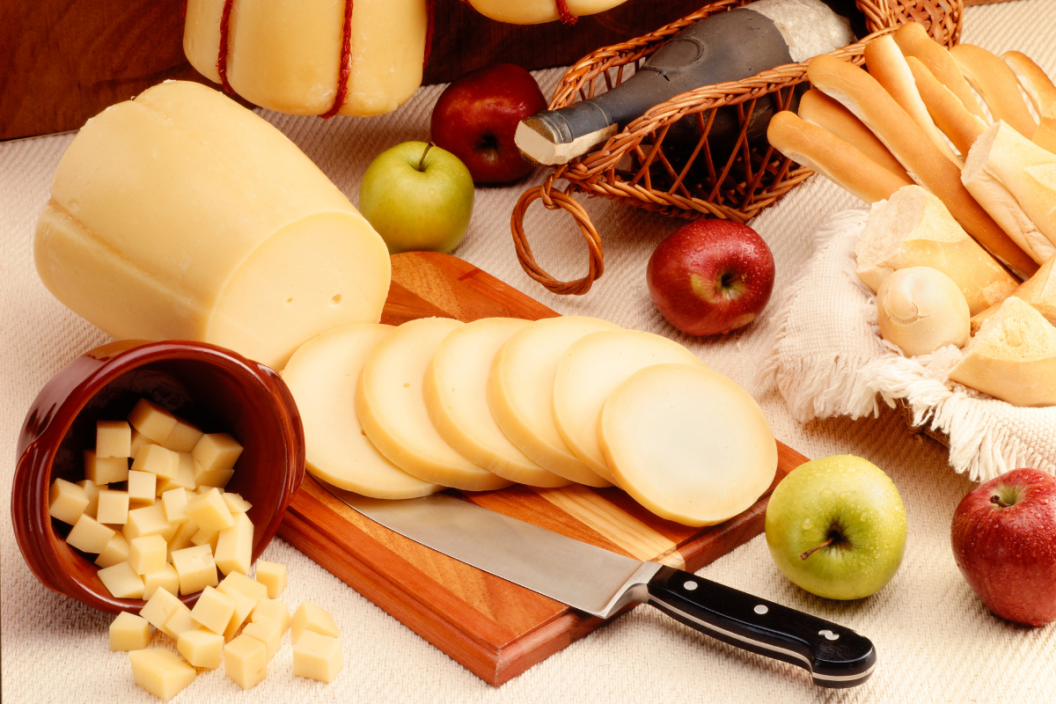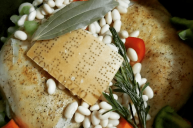One of my favorite parts of any given grocery store is the cheese section, which often boasts an assortment of soft and hard cheeses from various European countries. As much as I love cheese, I typically stick to what I know when it comes to buying it, so it's always an adventure to see the amazing variety of flavors, textures and names that the cheese section contains. One commonly underrated cheese that remains a mystery to many is provolone cheese.
What Kind of Cheese is Provolone?
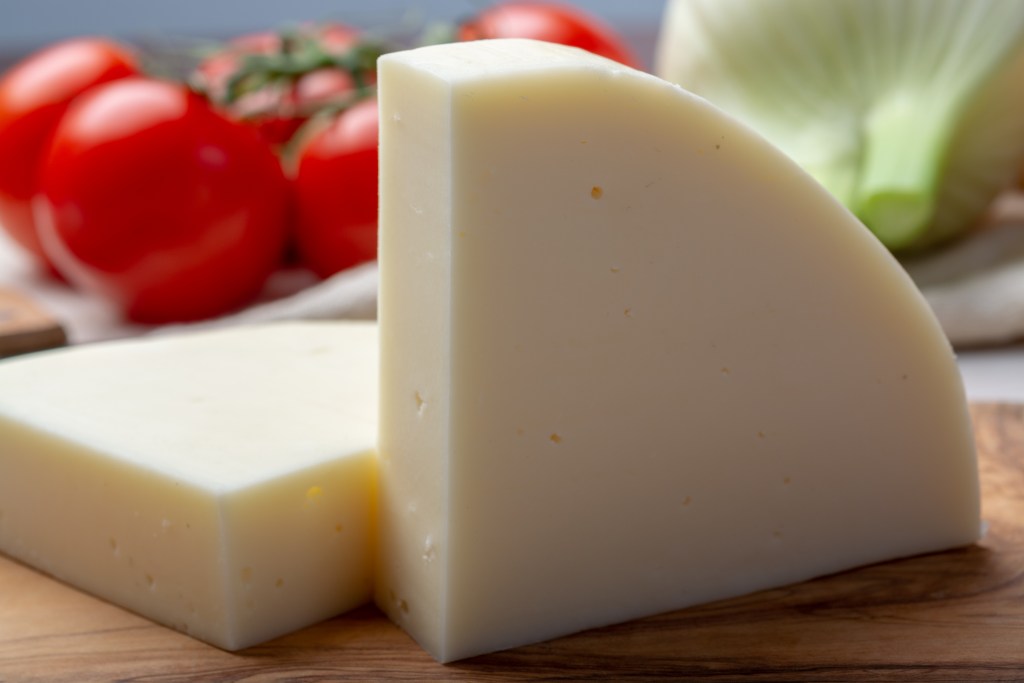
Getty Images/barmalini
Provolone cheese is an aged stretched curd cheese that originates in Campania, Italy but is now mostly produced in Lombardy and Veneto in Southern Italy. However, it's enjoyed around the world for its versatility and flavor. Provolone, or provola, is a semi-hard cheese that can be found in a range of shapes and sizes.
This tasty cheese has a mild but rich flavor, making it versatile and widely enjoyed. Its flavor often has touches of nuttiness and saltiness, and its texture is typically smooth and velvety. There are two types of provolone cheese- mild provolone and piccante provolone.
Mild provolone, or provolone dolce in Italian, is aged for just a few months and is semi-soft, with a mild flavor. This type is considered table cheese and is versatile and smooth. Piccante provolone, or provolone piccante, is aged for six to twelve months, giving it a much stronger, sharper flavor that makes it both richer and have more of a singular, tangy taste.
What Is Provolone Made From?
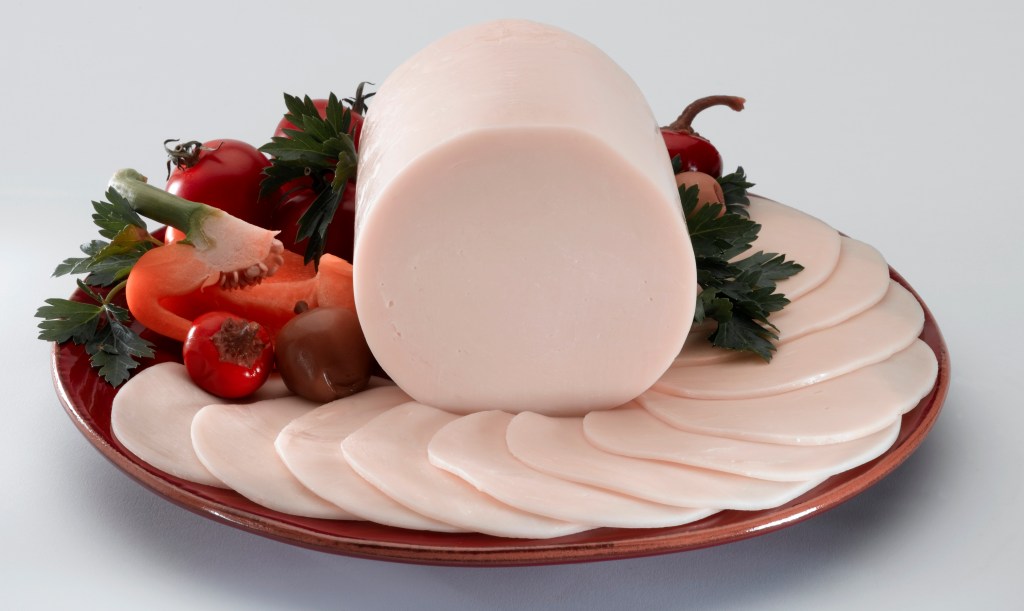
Getty Images/AdShooter
Provolone is formed from simple ingredients, like many Italian cheeses. It can be made as cow's milk cheese, made from buffalo milk, or a combination of the two. Provolone, like mozzarella cheese, is made in the style of pasta filata, meaning "spun paste" in Italian and referring to the stretching process used to make the cheese. This is what gives it its deliciously stretchy, stringy, meltable quality. To make it, the curd is formed by enriching milk with whey and calf rennet. The curd is then cut and separated, and the excess whey is drained.
Cheesemakers then knead and stretch the hot curd, and then bathe the cheese in brine. Next, a wax or plastic rind is put on the cheese, and it is tied up and hung in a cellar to age. After anytime from two months to a year depending on the type of provolone, the cheese is ready to be sold and eaten. Provolone is typically pasteurized and gluten free, made with all natural ingredients. Because of the rennet it contains, this semi-hard cheese isn't vegetarian.
What Is Provolone Cheese Typically Used In?
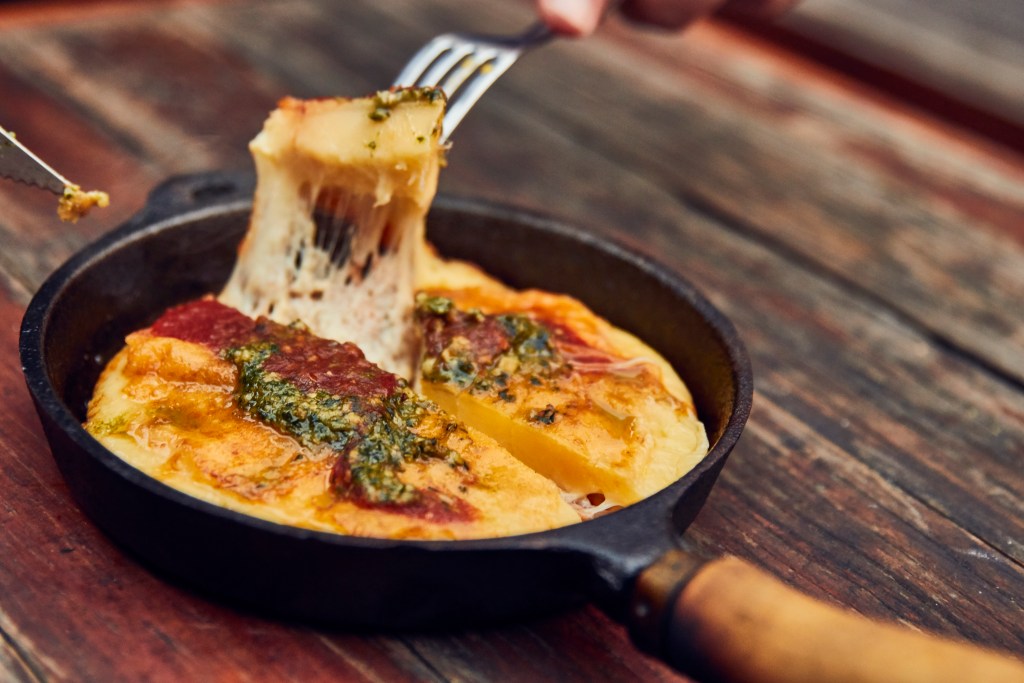
Getty Images/GonzaloMPMC
Italian provolone is a versatile cheese that can be enjoyed in a variety of ways. It can be enjoyed in salads, sprinkled over pizza along with parmesan, cooked with chicken, or added to pasta. Provolone is known to melt perfectly, so it also goes great in grilled sandwiches or in casseroles. To switch it up, this tasty cheese is also delectable when grilled, making for an ideal starter. This is how it's most often enjoyed throughout South America, in a dish called provoleta.
Because of its mild but rich flavor, provolone is a delicious choice for a cheese plate alongside salami, prosciutto, olives, roasted red peppers, and chutney. It's also yummy when served as a dessert, for instance sprinkled over sweet roasted pears. You can find provolone cheese at a deli, creamery or in the cheese section of your grocery store to experience its nutty, tangy deliciousness!
Check out these delectable recipes using provolone cheese at Taste of Home.
READ NOW: What's the Best Cheese for Pizza?
